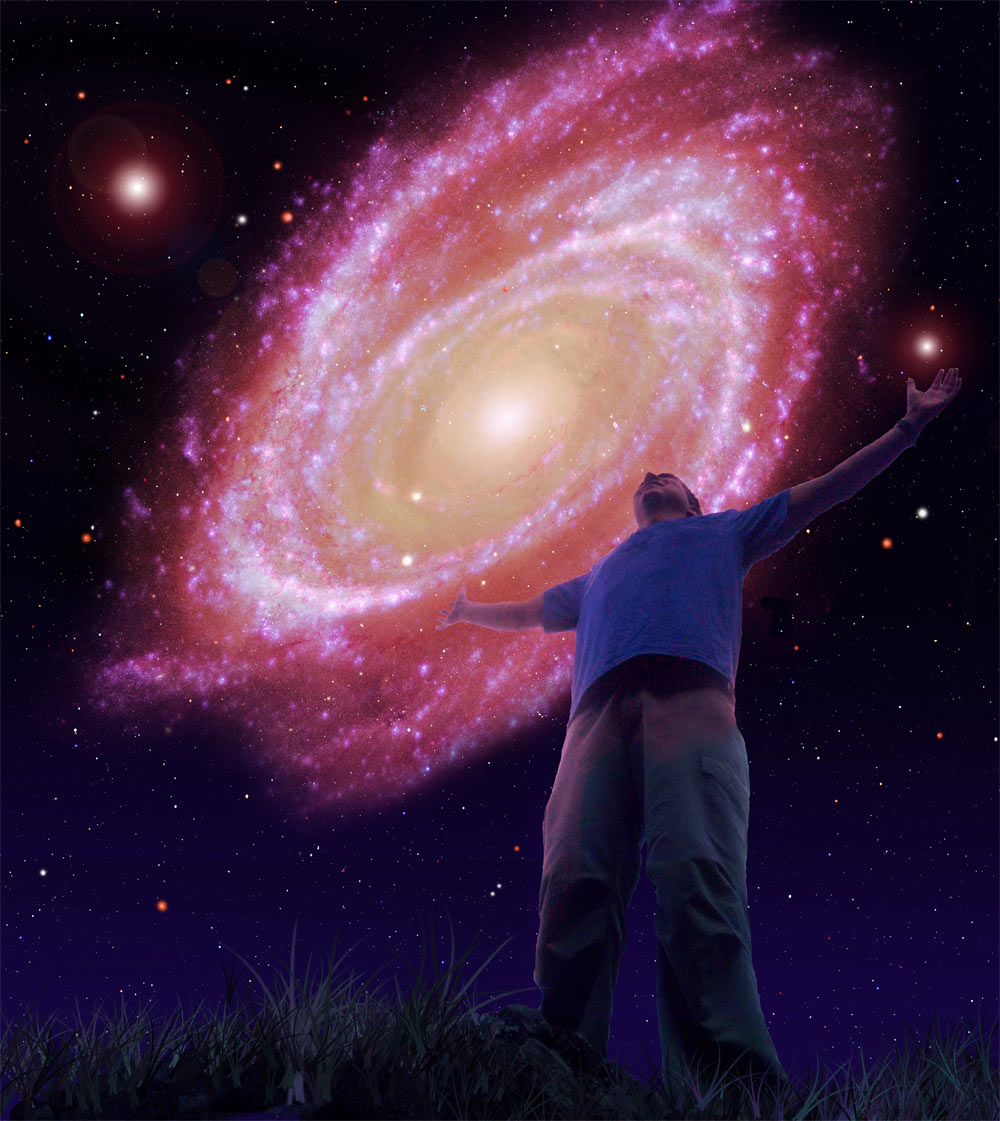Colliding Galaxies Offer Preview of Milky Way's Demise

Our Milky Way galaxy is on a collision course with its neighbor galaxy, Andromeda. In about 5 billion years, the two galaxies are set to merge in a giant cosmic train wreck.
To understand what's in store for our galaxy, scientists have compiled a photo database of various colliding galaxies at different stages in their mergers.
"We've assembled an atlas of galactic 'train wrecks' from start to finish," said astronomer Lauranne Lanz, of the Harvard-Smithsonian Center for Astrophysics in Cambridge, Mass., who presented a study on the research at a recent conference. "This atlas is the first step in reading the story of how galaxies form, grow and evolve."[Stunning Photos of Galaxy Collisions]
A collision of galaxies is somewhat less violent than it sounds. While the galaxies do crash into each other, it's very unlikely that any two stars will actually collide, because the space between stars inside galaxies is so vast.
However, the clouds of gas and dust within galaxies will certainly merge, likely triggering a violent, churning atmosphere where new stars are born at a furious rate.
Such an event is also not quick — the merging of two galaxies into one occurs over millions to billions of years. That's where the new atlas comes in: The researchers aim to capture galaxy systems at various stages of smashing together in order to put together a more complete picture of the total process.
To observe collisions, the scientists captured new images with NASA's Spitzer Space Telescope, which observes in infrared light, as well as with NASA's Galaxy Evolution Explorer (GALEX) spacecraft, which observes in ultraviolet light. [When Galaxies Collide: Q&A on the Milky Way's Future]
Breaking space news, the latest updates on rocket launches, skywatching events and more!
These different wavelength bands allow astronomers to capture more details of the events than would be visible through one type of light alone.
Ultraviolet light, for example, reveals emission from hot young stars, while the infrared shows warm dust heated by baby stars, as well as the star's surfaces.
Both help the researchers focus in on how and where new stars are forming.
"We're working with the theorists to give our understanding a reality check," Lanz said. "Our understanding will really be tested in 5 billion years, when the Milky Way experiences its own collision."
You can follow SPACE.com Senior Writer Clara Moskowitz on Twitter @ClaraMoskowitz. Visit SPACE.com for the latest in space science and exploration news on Twitter @Spacedotcom and on Facebook.

Clara Moskowitz is a science and space writer who joined the Space.com team in 2008 and served as Assistant Managing Editor from 2011 to 2013. Clara has a bachelor's degree in astronomy and physics from Wesleyan University, and a graduate certificate in science writing from the University of California, Santa Cruz. She covers everything from astronomy to human spaceflight and once aced a NASTAR suborbital spaceflight training program for space missions. Clara is currently Associate Editor of Scientific American. To see her latest project is, follow Clara on Twitter.
